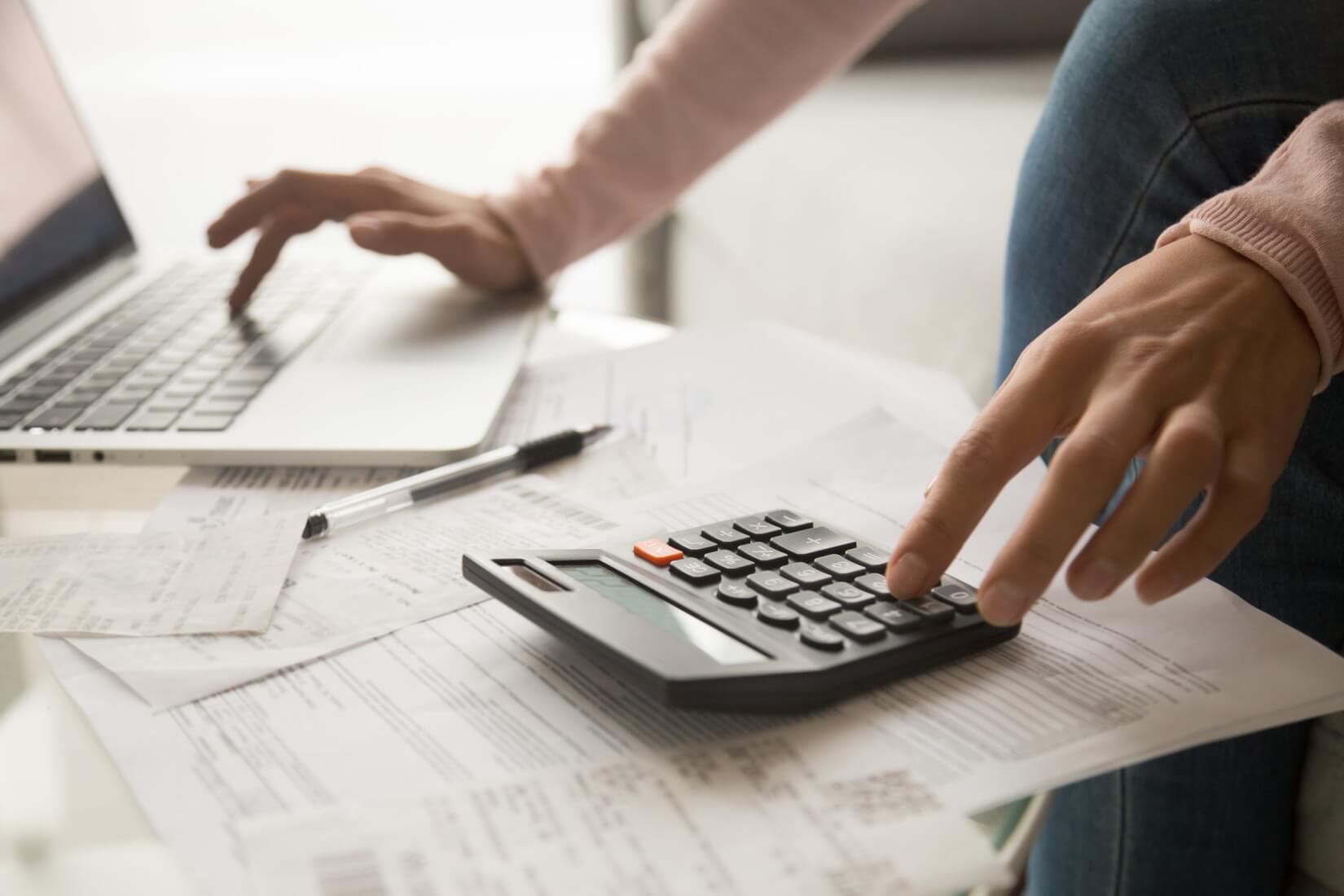Next, find out where all your money goes each month. Calculating your monthly expenses will give you a comprehensive picture of your spending across different categories.
Essential expenses (necessities)
First, list your nonnegotiable fixed expenses. These are regular monthly bills and necessities you have to pay, like your rent or mortgage, groceries, utilities, or transportation. Create each category, then add a line or subcategory beneath each with your specific expenses.
Following the 50/30/20 rule, 50% of your income should go toward these necessities. We’ve included common examples below, which you can tweak or copy for your budget:
- Housing
- Mortgage or rent payment
- Home or renters insurance
- Food
- Utilities
- Transportation
- Gas
- Parking fees
- Car insurance
- Car loan payment
- Health
- Doctor’s appointments
- Medications
- Vision/dental/health insurance
If your spending doesn’t line up with 50% of your income, that’s okay – we’ll cover how to review and adjust your budget later on.
Nonessential expenses (wants)
Next, list your non essential expenses. These are wants, not needs, and include discretionary spending like eating out, entertainment, travel, or other personal purchases.
Your budget categories may vary from the examples below, so feel free to adjust accordingly:
- Entertainment
- Dining out
- Restaurants
- Coffee shops
- Take out
- Travel
- Plane tickets
- Hotel expenses
- Gas
- Personal purchases
- Gym memberships
- Nonessential personal care
- Clothing
- Other
- Holiday shopping
- Hobby-related purchases
Following the 50/30/20 rule, you would put 30% of your income toward your wants.
Savings and debt payments
The last category is for savings and debt payments, which should take up 20% of your income based on the 50/30/20 method. Dedicate this part of your budget to preparing for the future, reaching savings goals, and creating a financial cushion for emergencies.
Your budget categories for this section can vary, but here’s what they may include:
- Emergency fund
- At least 3-6 months of living expenses
- Retirement savings
- Debt
- Credit card payments
- Loan payments (beyond the minimum payment)
While minimum loan payments are essential, any additional payments can go here in the debt repayment section.


